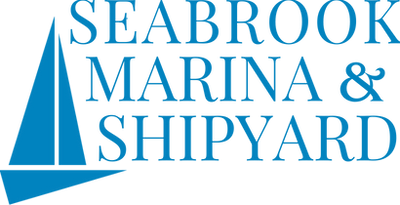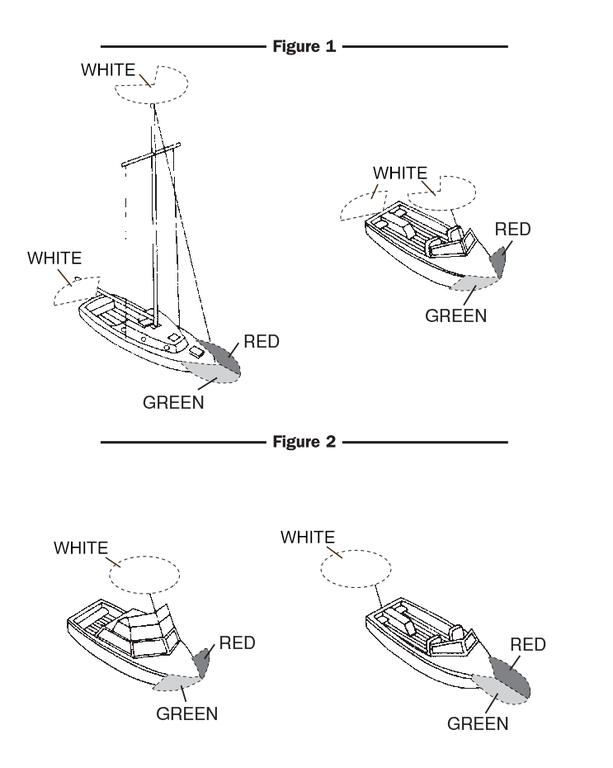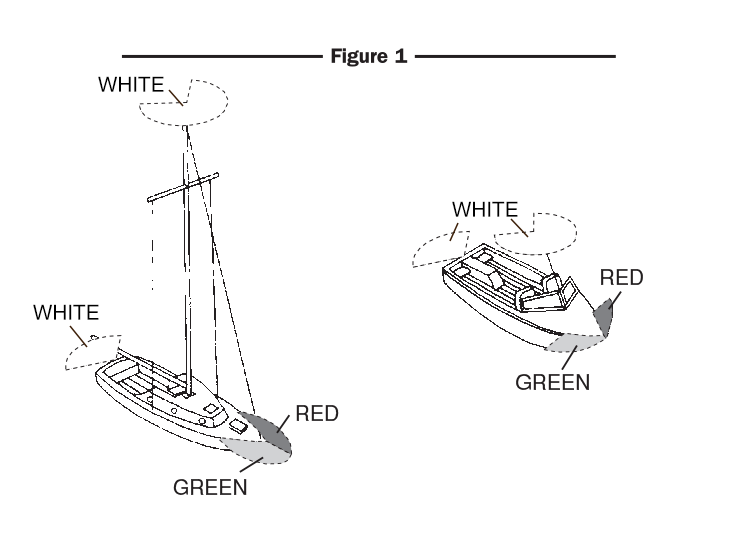CALL US AT (281) 474 2586 / SHIPYARD (281) 474-2588
- Home
-
Marina
-
Repair Yard
- Seabrook Marina Repair Yard
- Full List of On-Site Contractors
- Atlantica
- BM Boat Works
- Craven Boatbuilding
- Duran's Boat Repair
- Elite Diesel Service
- Gonzales Electrical Systems
- Hang Tight Custom Canvas
- Hayes Rigging
- Land & Sea Marine Services
- Lighthouse Yacht Works
- Mockingbird Marine
- OJ's Marine Services
- Optima Marine
- Stix N' Rign
- Waterline Works
- Y.E.S. Center
- Marina News
- Contact Us















